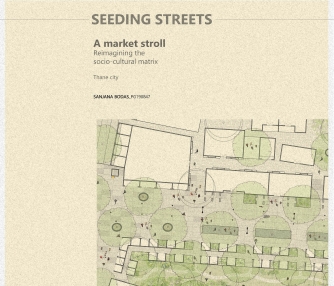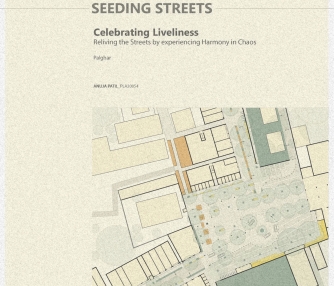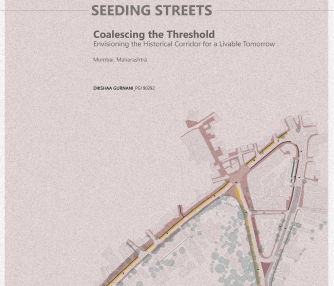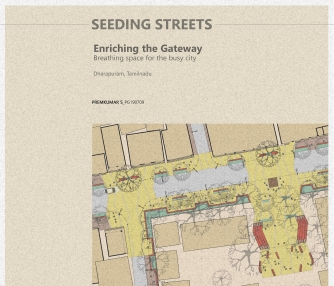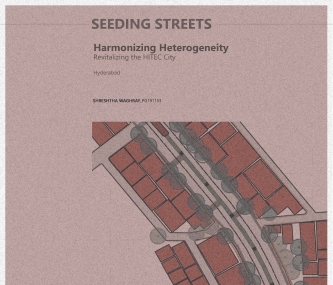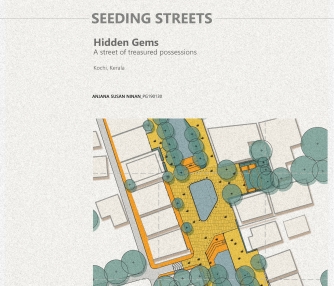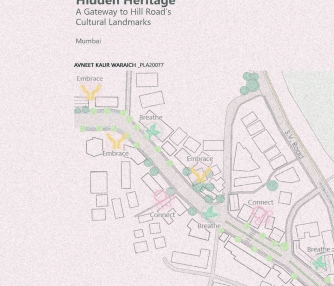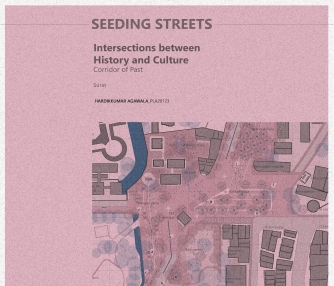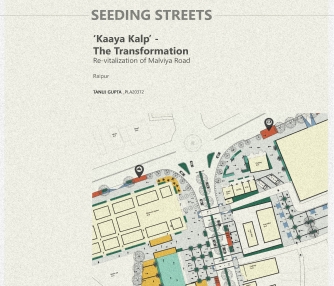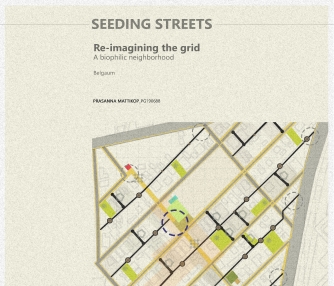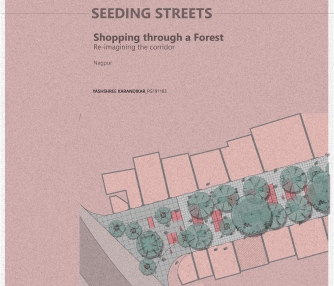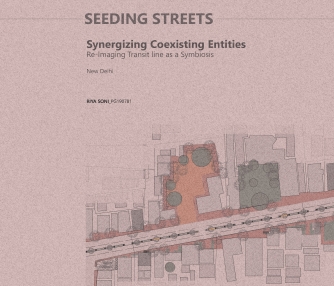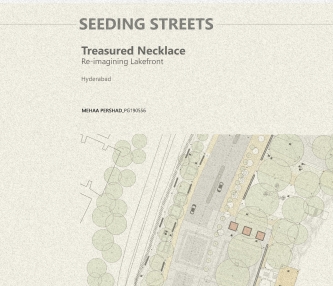- Tutor/s Sandip Patil | Chandrani Chakrabarti
- TA Aishwarya Goel
- Code LA4008
- Faculty Architecture
- Level L4 Studio Unit
Streets in India have historically been social magnets. The entire gamut of life from play to work happens in Indian streets. Increasing vehicular density and priority, combined with zoning laws as well as preference for segregated land uses are leading to disappearing sidewalks, ill-maintained walkways and encroachment. Increased traffic accidents, fatality rate, and uncontrolled parking have demoted the Indian streets from its social and ecological role. With a constant dearth of public space in ever expanding Indian cities, the challenge of creating new open space where none exists requires lateral thinking. The studio works around the basic question - How can the Indian streets be adapted so that people can meet and interact in the streets, children can play, and at the same time people and environment are healthier? The studio unit identifies and proposes alternative ways to reimagine streets as public spaces in different cities of India as a site for social activity by creating landscape pockets, corridors, and nodes across many different Indian cities. The key to the success of green streets is to develop a seamless process whereby storm water management, street engineering and landscape design come together to produce functional, attractive and cost-efficient projects.
